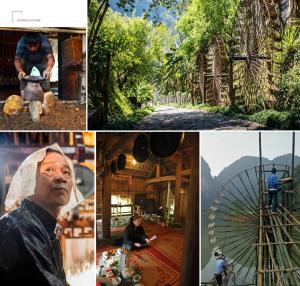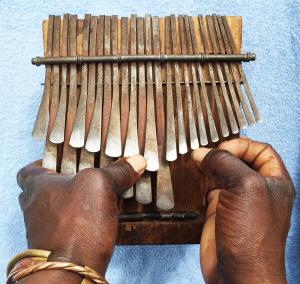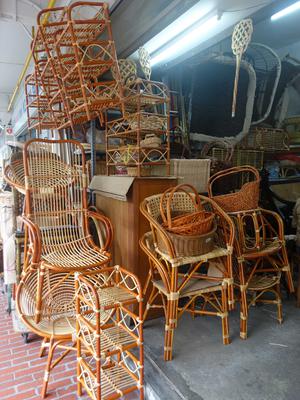The active Intangible Cultural Heritage (ICH) domain represented by the “Ancestral Remedy” comic is rooted in oral traditions, indigenous healing practices, intergenerational wisdom, and community-based storytelling. This comic series documents and creatively transmits narratives from Kenyan informal settlements, showcasing how ancestral knowledge systems—especially those related to traditional medicine, gender roles, and community dispute resolution—are adapted in the context of urban challenges and youth identity.
"Ancestral Remedy" functions as a living ICH archive, illustrating:
- Indigenous herbal remedies and their cultural significance
- Stories of elders and traditional healers (waganga) in navigating health and social issues
- The use of storytelling as therapy and resistance to marginalization
- Youth reinterpretation of heritage in a digital age through animation, illustration, and gamified learning
The comic is developed through community dialogues, story circles, and collaborative scriptwriting with youth and cultural bearers from neighborhoods like Korogocho, Dandora, and Viwandani. It has been used in workshops to foster pride in cultural identity, particularly among young people.
Although a formal national inventory system for this specific ICH domain is not yet in place, a sample ICH inventory entry for “Ancestral Remedy” has been uploaded to ichngo.net to demonstrate how this domain can be cataloged for safeguarding and transmission purposes.
05-02-2025
| Institutional and human capacities | Safeguarding and promotion of the Intangible Cultural Heritage (ICH) reflected in the Ancestral Remedy comic is anchored in the strong institutional and human capacities developed by the Husisha Initiative, a grassroots-led organization working across 12 informal settlements in Kenya. Husisha Initiative plays a central role in facilitating access to cultural knowledge through creative and inclusive educational tools. Every month, the organization reaches approximately 60,000 youth through its engaging comic-based digital learning platforms and distributes culturally grounded narratives like Ancestral Remedy. In addition, over 1,000 young people participate in monthly “Chai Chit Chat” reflection sessions, where they interact with local elders, storytellers, and peers to discuss themes around traditional healing, heritage, and social values. These sessions are carefully designed to serve as intergenerational dialogue spaces, preserving oral traditions while encouraging youth to interpret and retell ancestral knowledge through modern mediums such as comics, motion graphics, and animation. Key institutional and human capacities include: Community-Centered Design: Husisha co-creates content with community members, ensuring authenticity, cultural relevance, and community ownership. Capacity Building: Youth are trained in digital storytelling, illustration, and animation, equipping them with skills to become creators and custodians of ICH. Strategic Partnerships: Collaborations with educational institutions, NGOs, and networks like the Harakati Network (a coalition of 300 community activists) strengthen the ecosystem for safeguarding efforts. Digital Infrastructure: Husisha utilizes digital platforms for wide-scale distribution of cultural content, ensuring continuity and resilience in ICH transmission beyond geographical boundaries. Through these robust institutional frameworks and active community participation, the Ancestral Remedy comic contributes meaningfully to the preservation, adaptation, and celebration of Kenya’s rich intangible cultural heritage. | |
| Transmission and education | The transmission and education aspect of “Ancestral Remedy” comic is centered around creating engaging, interactive, and educational experiences that empower young people and communities to connect with their cultural heritage while addressing modern issues. Storytelling as a Teaching Method: Interactive Comics: The comic is used as a tool to teach young people about traditional knowledge systems, indigenous healing, and community values. The comic merges oral traditions and visual storytelling to make ancient knowledge relatable in today’s context. Workshops and Story Circles: These are regularly conducted in informal settlements where participants engage in dialogues around traditional practices, reinforcing the transmission of cultural knowledge. Elders and traditional healers are invited to speak about their craft, with their words captured in the comics. Digital Tools for Broader Reach: By utilizing digital storytelling, the comic is shared through online platforms, ensuring that it reaches not just the immediate community but also global audiences interested in learning about indigenous practices and community-based storytelling. The integration of gamified learning experiences also encourages deeper engagement with the content, as users actively participate in the narrative and learn by doing. Youth Empowerment and Capacity Building: The comic is utilized in schools and community youth centers as an educational resource for cultural preservation. Through these programs, young people are trained in comic creation, animation, and storytelling, ensuring that they have both technical and cultural skills to transmit heritage to future generations. Mentorship programs are offered to young illustrators and storytellers, helping them develop their own voices while preserving cultural traditions in the comics they create. Cross-Cultural Education: Efforts are also made to involve diverse communities in discussions about the significance of traditional knowledge in the modern world. This encourages the sharing of cultural practices and knowledge across communities, ensuring the preservation of intercultural dialogue. Through these methods, the “Ancestral Remedy” comic serves not only as a tool for cultural education but also as a vehicle for empowerment, fostering pride in heritage while equipping young people with the skills to carry forward this knowledge. | |
| Inventorying and research | The Ancestral Remedy comic is a creative output rooted in extensive community-based research and participatory documentation of traditional healing practices, oral histories, and ancestral wisdom in Kenya’s informal settlements. The inventorying of this ICH domain has been primarily led by Husisha Initiative through qualitative research methods including storytelling sessions, focus group discussions, and ethnographic fieldwork with traditional herbalists, community elders, and cultural custodians. Though no formal national inventory currently exists specifically for this ICH element, a sample community-based inventory has been uploaded to ichngo.net to demonstrate Husisha’s approach to documenting local knowledge systems. The comic is derived from the lived experiences and narratives of communities in areas such as Korogocho, Kibera, and Mathare, and reflects their traditional ecological knowledge, especially concerning medicinal plants and indigenous wellness rituals. The research process is iterative and community-led. Youth are trained to collect, interpret, and illustrate cultural knowledge using digital tools, ensuring intergenerational transfer and visual preservation. These outputs, including Ancestral Remedy, form a living inventory of ICH elements that are both educational and participatory. This approach ensures that research and inventorying are not extractive but rather collaborative, empowering local communities as knowledge holders and storytellers of their own heritage. | |
| Policies as well as legal and administrative measures | The safeguarding and transmission efforts of Ancestral Remedy and its associated ICH domain are influenced by several policies and legal frameworks at the national and county levels in Kenya: The Constitution of Kenya (2010) recognizes culture as the foundation of the nation and mandates the state to promote and protect the diverse cultural heritage of Kenya's communities (Article 11). The National Policy on Culture and Heritage (2009) provides a framework for the safeguarding of both tangible and intangible heritage, including traditional medicine, folklore, and indigenous knowledge. The Kenya Copyright Act (2001) protects creative works such as comics and digital illustrations, ensuring cultural expressions like Ancestral Remedy are legally recognized and the intellectual property of creators is safeguarded. The Basic Education Curriculum Framework (2017) includes elements of indigenous knowledge systems and supports informal and non-formal modes of cultural education. County Cultural Acts and Community Development Policies (in counties like Nairobi and Kisumu) also support local cultural expressions and community-led initiatives in education, health, and social development. Despite the existence of these frameworks, practical implementation and support for grassroots ICH initiatives often remain limited. Husisha Initiative navigates this by forming partnerships with civil society, academia, and county cultural offices to ensure community traditions are documented, digitized, and transmitted to younger generations. | |
| Role of intangible cultural heritage and its safeguarding in society | Intangible Cultural Heritage (ICH) plays a critical role in shaping identity, promoting resilience, and sustaining intergenerational knowledge in marginalized communities. In the context of informal settlements in Kenya, ICH—such as traditional healing, storytelling, music, and community rituals—offers both a cultural anchor and a source of social cohesion. Through Ancestral Remedy, I use comics to safeguard and revitalize traditional ecological knowledge, especially indigenous medicinal practices passed down orally by elders and healers. Safeguarding ICH in these communities is not only about preservation—it’s about empowerment. By documenting ancestral knowledge visually and digitally, I contribute to reinforcing pride in local heritage while offering alternative educational tools. ICH also serves as a form of resistance and adaptation in the face of urban poverty, identity erosion, and climate challenges, creating a pathway for community healing, wellbeing, and dialogue. | |
| Awareness raising | Awareness raising is central to my approach. Through Husisha Initiative, I lead monthly campaigns that reach over 60,000 youth with culturally relevant comic stories distributed digitally and in print. Ancestral Remedy, in particular, is used in schools, youth clubs, and health awareness programs to engage audiences in traditional healing practices and their relevance to modern well-being. We complement the comics with Chai Chit Chat reflection sessions, which bring together 1,000+ youth monthly across 12 informal settlements to discuss the themes of our comics in peer-led conversations. We also host exhibitions, webinars, and social media campaigns that spotlight community knowledge holders and traditional healers—transforming them into visible and respected cultural educators. | |
| Engagement of communities, groups and individuals as well as other stakeholders | The safeguarding of intangible cultural heritage through Ancestral Remedy and the broader work of Husisha Initiative is deeply rooted in grassroots collaboration. I actively engage communities at every stage of the creative and dissemination process—especially within Kenya’s informal settlements. Youth groups, traditional healers, women’s collectives, and elders are involved in ideation, script development, and visual storytelling through participatory workshops. These engagements ensure that the stories told reflect authentic lived experiences, preserve local knowledge systems, and build trust across generations. Through monthly Chai Chit Chat sessions, over 1,000 youth engage in structured dialogue around themes derived from our comics, such as traditional remedies, climate resilience, and cultural identity. In addition, I collaborate with 300 community activists under the Harakati Network, local educators, NGOs, and community-based organizations to facilitate the use of comics in advocacy, education, and social mobilization. These partnerships help embed ICH themes in programs addressing gender-based violence, financial literacy, and youth empowerment. Our inclusive model ensures that safeguarding ICH is not a top-down activity, but rather a collective effort that strengthens community agency, voice, and intergenerational learning. | |
| International engagement | My work has received recognition and engagement on international platforms, enabling the promotion of Kenyan intangible cultural heritage globally. In 2024, I presented at the 12th Annual Disability Rights in Africa Conference at the University of Pretoria, showcasing how comics communicate cultural values while addressing social issues such as gender-based violence. I also presented at the World Forum for Democracy in Strasbourg and the Global Digital Development Forum, where I highlighted the integration of traditional knowledge and storytelling into digital learning for marginalized youth. These platforms have expanded the visibility of Ancestral Remedy and opened pathways for cross-cultural collaborations with practitioners, researchers, and cultural institutions globally. Moreover, through partnerships with international NGOs and media organizations like DW Swahili, I have contributed to projects that merge traditional storytelling with animation, fostering intercultural dialogue and knowledge exchange on ICH. | |
| References | Husisha Initiative Website Provides an overview of community programs, comic-based learning, Chai Chit Chat sessions, and youth engagement statistics across informal settlements. Utata Comics Facebook Page https://www.facebook.com/profile.php?id=100093012071146 Showcases examples of community-based comic storytelling and interactions with local groups. 12th Annual Disability Rights in Africa Conference – University of Pretoria (2024) Conference agenda and presentation abstracts list Charles Chege’s contribution on using comics to address GBV and empower youth with disabilities. World Forum for Democracy 2024 – Strasbourg https://www.coe.int/en/web/world-forum-democracy Lists session summaries and participants, including Charles Chege’s presentation on cultural education through comics. Global Digital Development Forum 2024 https://www.digitaldevforum.com Archives include Charles Chege’s session on empowering entrepreneurship through ICH-based tools. Transparency International Kenya – Creative Award (2024) Annual report listing awardees and showcasing Charles Chege’s use of visual storytelling for social accountability and heritage preservation. Harakati Network Reports (Internal documentation) Documents collective action and workshop outcomes with GBV activists and cultural practitioners across Kenya. |
|
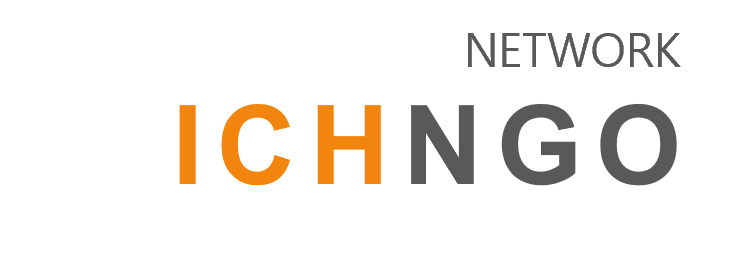
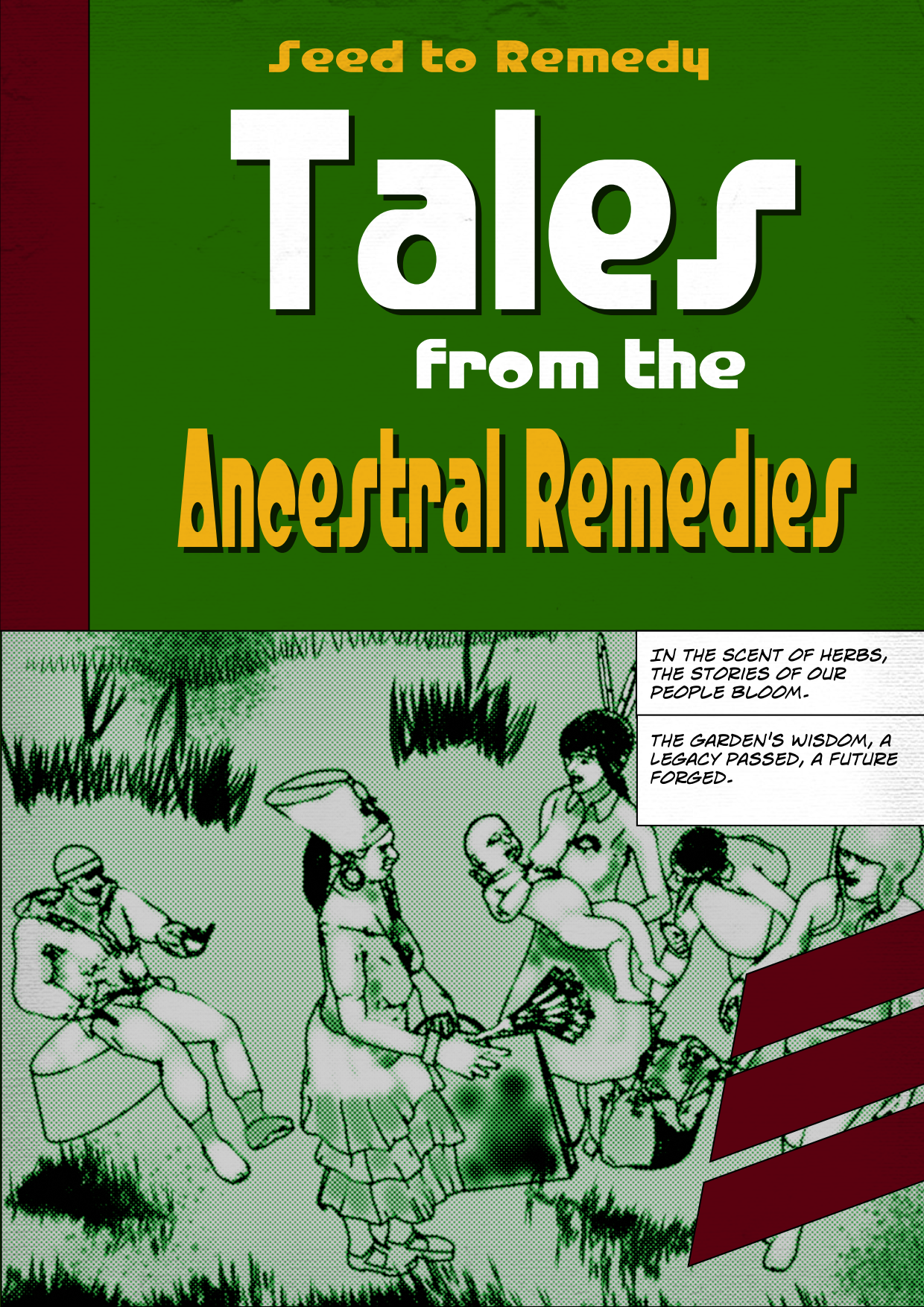
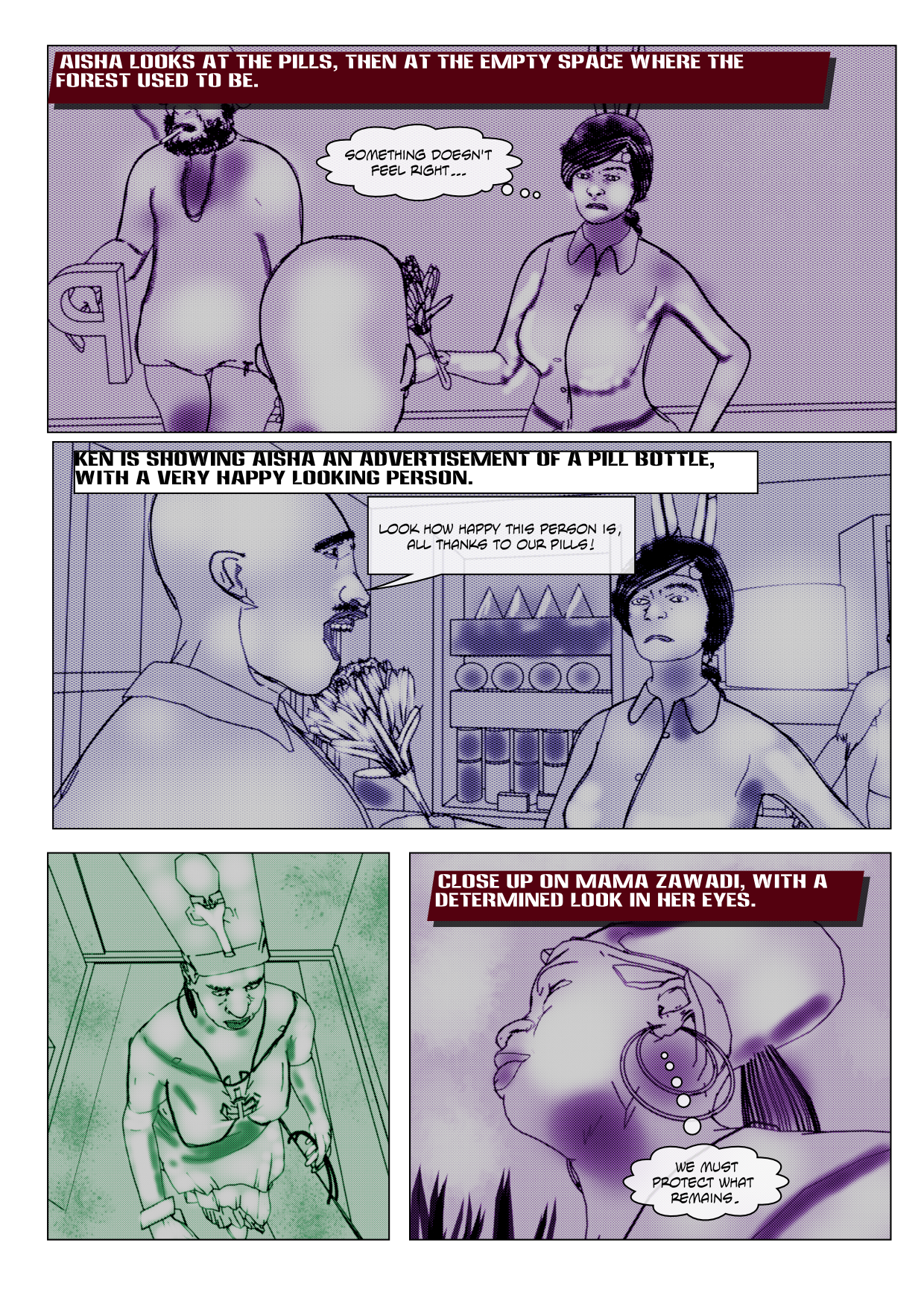
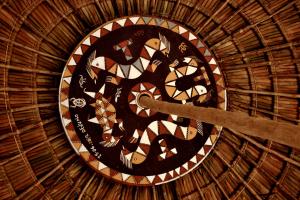

.jpeg)
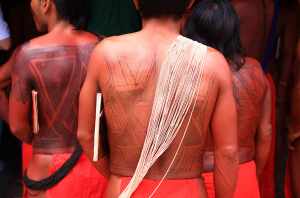
.jpg)
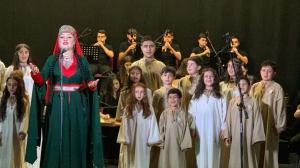
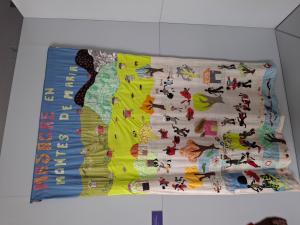
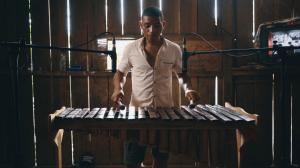
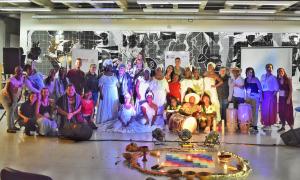
.png)
.jpg)















_(31711258567).jpg)

















